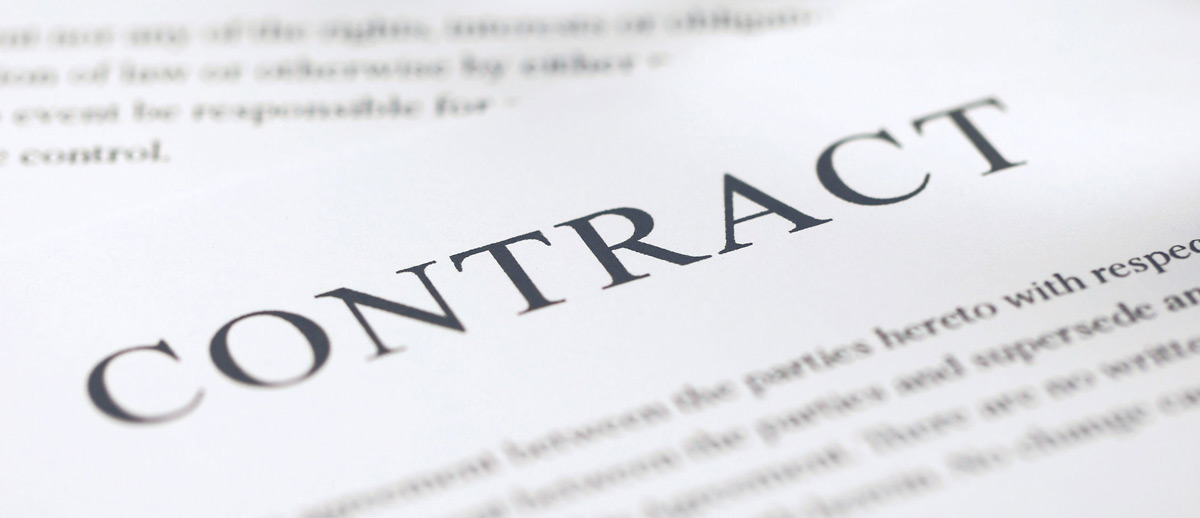Covenants not to compete, which prevent workers from quitting their employer and moving to a competing employer, have ambiguous effects on welfare, according to economic theory. Noncompetes may enable employers to invest in assets by protecting those assets from expropriation by workers or competitors, but noncompetes also interfere with labor market competition. Recent research, however, suggests that the anticompetitive effects of noncompetes are greater than any benefits, and thus that the existing common law regime for regulating noncompetes is too weak. A plausible step forward is to strengthen the antitrust law on noncompetes. A better antitrust law would shift the burden, allowing employers to use noncompetes only when they can prove that their use of noncompetes results in higher wages in the affected labor market.
Eric Posner1
New research in economics suggests that employee covenants not to compete play a significant role in the cartelization of labor markets and the suppression of wages. This research uses the variation in the strictness of the common law test for enforceability across states as a lever for determining the impact of noncompetes on wages, job mobility, and related factors. The studies show that in states where noncompetes are broadly enforceable, workers earn lower wages than do workers in states where noncompetes are subjected to greater restrictions or are prohibited. The explanation appears t
...THIS ARTICLE IS NOT AVAILABLE FOR IP ADDRESS 216.73.216.210
Please verify email or join us
to access premium content!

